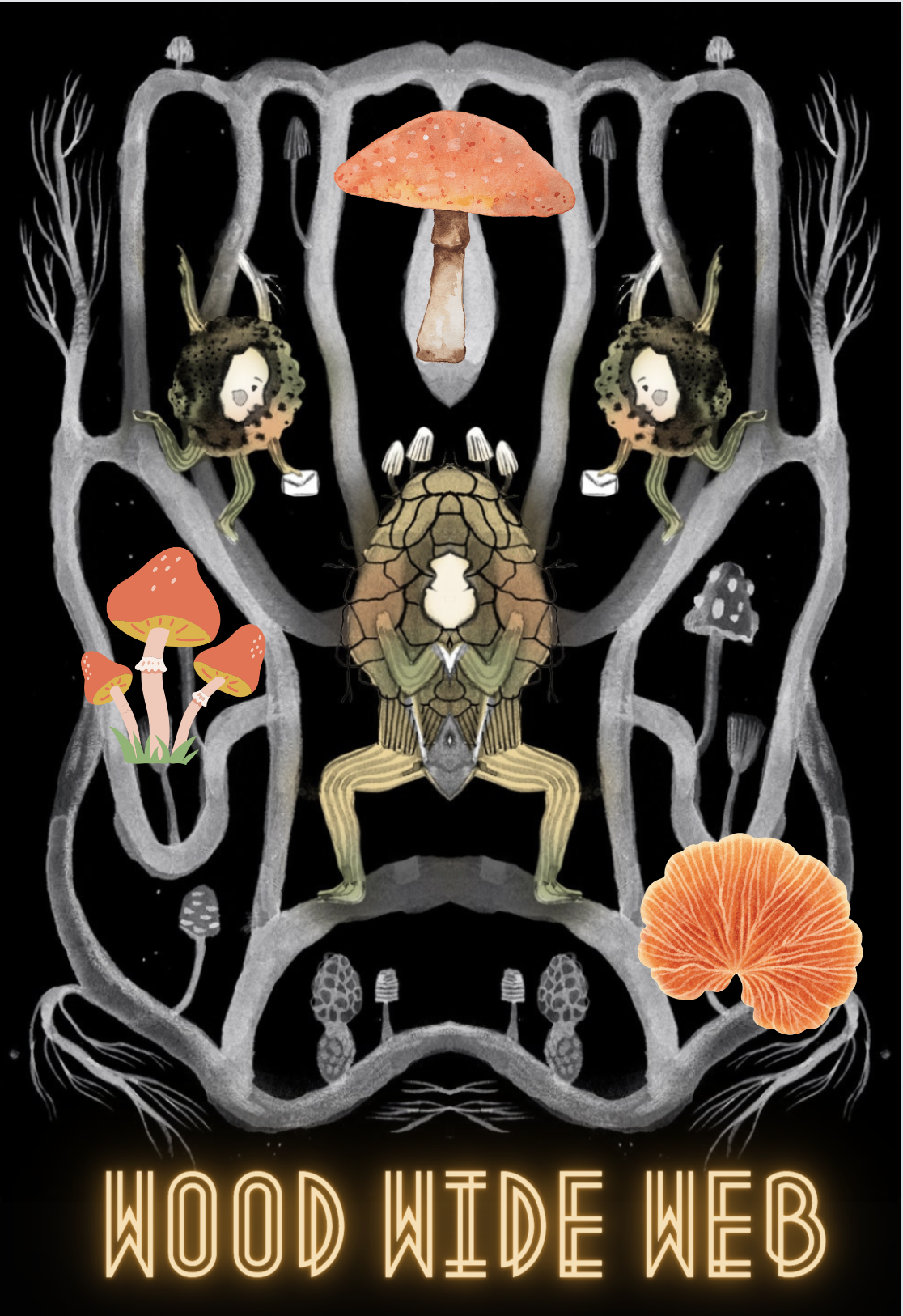Is Mycelium the Connective Tissue of Nature's Global Communication Network?
/Is Mycelium the Connective Tissue of Nature's Global Communication Network? AOC Eye
Are humans on the precipice of having scientific confirmation of "mushroom intelligence"? Such vetted research does not exist presently. But new research by Andrew Adamatzky, a computer scientist at the Unconventional Computing Laboratory of the University of the West of England, is provocative in raising a series of questions about intelligent life in the world of fungi.
The Wood Wide Web
Indications of 'Earth's natural internet' date back to the 1885 when the German botanist and mycologist Albert Bernhard Frank coined the term "mycorrhiza". The mycorrhizae [plural of a single cell mycorrhiza] exist as miniscule, amost microscopic threads called hyphae. These hyphae branch into a complicated web or patchwork called mycelium.
In the words of The National Forest Foundation: "Taken together, myecelium composes what’s called a “mycorrhizal network,” which connects individual plants together to transfer water, nitrogen, carbon and other minerals. German forester Peter Wohlleben dubbed this symbiotic network affecting about 90 percent of plant life on the planet -- including trees -- the “woodwide web.” It is through the mycelium that trees 'communicate.'
Botanists and mycologists have understood this grand symbiotic relationship between fungi and plants for over a century. But positing the existence of a linguistic communication system founded on 'intelligence' is another subject entirely.
"The Secret Life of Plants"
Almost 50 years ago, Peter Tompkins and Christopher Bird published in 1973 their mindbending book "The Secret Life of Plants", described as "a fascinating account of the physical, emotional, and spiritual relations between plants and man."
































